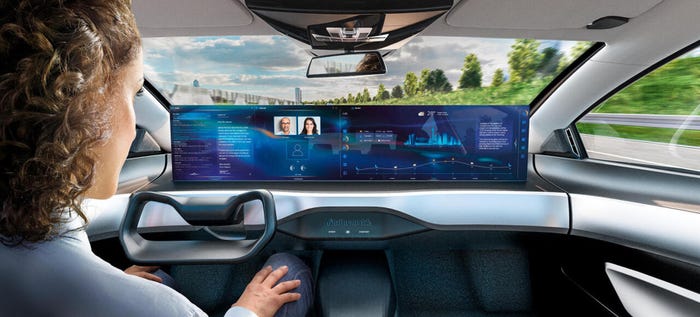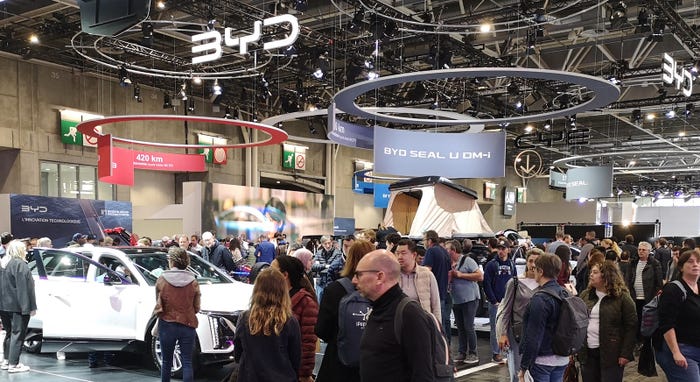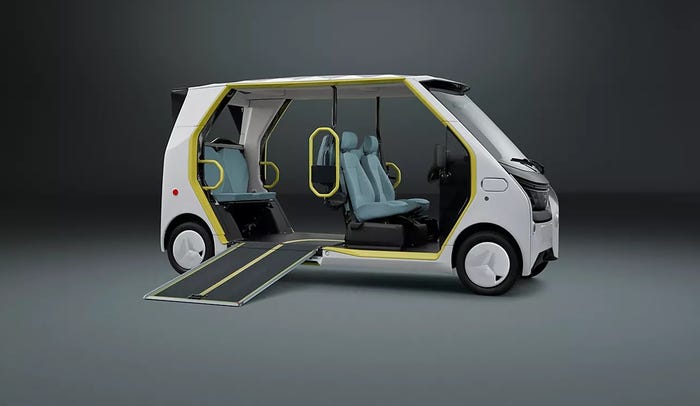In-Car Digital Wallets Ready to Open Up
“Once a vehicle is wired, it opens up a whole bunch of use cases,” says Visa’s Tony Petit.

The car as a credit card is an innovation that’s gaining attention in the age of automotive connectivity.
“There are lots of ways to monetize vehicles, such as opening them up to delivery (and ordering) services,” says Alex Smout, a principal at inMotion Ventures, a transportation-centered investment company.
In-car digital wallets allow drivers to use an infotainment system platform to buy fuel, purchase groceries (for pickup or delivery), place to-go orders, pay for parking and perform various other transactions. (The infotainment screen also offers navigation to places of purchase.)
Car occupants already can use outside devices, such as smartphones, to make such purchases. But connected-car proponents say an in-car platform offers more compatibility and flexibility to accommodate customer needs.
In-car payment systems have been around for a few years. For example, Hyundai’s luxury Genesis brand offers them. But they remain a limited industry offering. For now, anyway.
That may change, say participants in a panel discussion on “The Reality of Connected Vehicle Commerce” during Informa’s recent Auto Tech: Detroit conference.
“If you can enact payments through the vehicle, that’s valuable,” panelist Smout says.
Granted, in-car digital wallets are not as essential as a brake pedal or steering wheel. Instead, they offer a touch of something extra, says panelist Vijay Rao, Genesis Motor America’s director-connected operations.
“It’s not about making payments in the car as much as improving the customer experience,” he says.
The challenge is to keep it simple and easy to use. “The minute the customer has to take that extra step, there’s a drop-off,” says Rao. He suggests “starting with voice recognition and then a touch of the screen.”
Wiring a car for in-vehicle payments is not particularly complicated, says Tony Petit (pictured, below left), director of IoT (Internet of Things) at credit card company Visa.

Tony Petit (002)_0
“The COVID pandemic accelerated in-vehicle payments,” he says. “There’s nothing sexy about them as long as they are safe and secure.”Petit adds: “Once a vehicle is wired, it opens up a whole bunch of use cases.”
Getting businesses, merchants and credit-card companies to plug into the system is a key to the growth of the in-car digital wallet, panelists say.
The realm of overall in-vehicle commerce “will become more prevalent,” says Petit. “Obviously some automakers are further ahead than others. But once that commercialization begins, you’ll see it accelerate.”
The so-called monetized vehicle in general is still a work in progress.
“We need to do more experimentation,” says Mitch Dornich, vice president-strategic products for SiriusXM Connected Vehicles. “That’s the only way to figure it out.”
About the Author
You May Also Like



.jpg?width=700&auto=webp&quality=80&disable=upscale)

